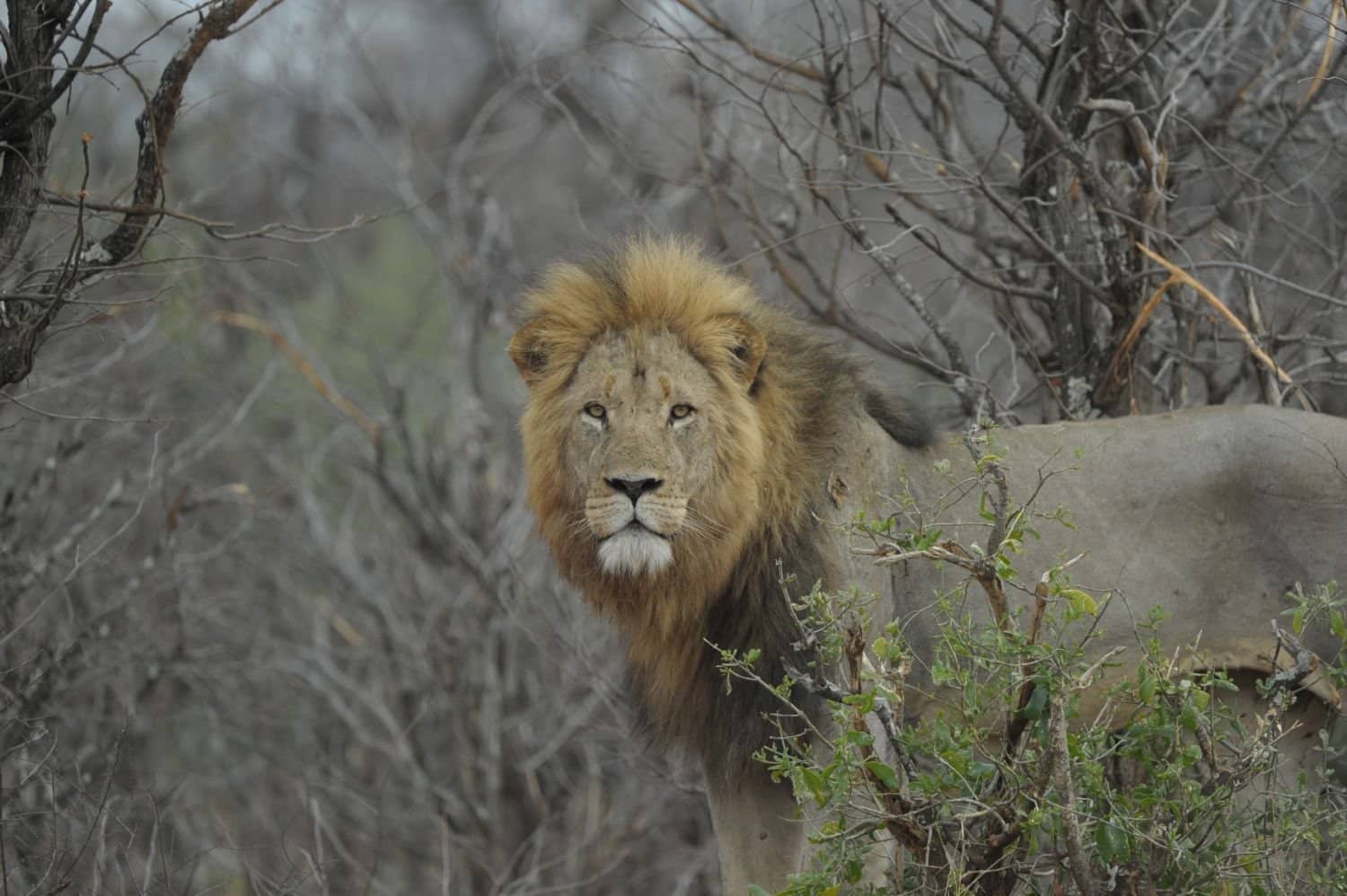The International Union for Conservation of Nature (IUCN) recently identified alarming threats to biodiversity, focusing on fungi extinction, lion population decline, and the endangered status of frankincense trees.
Fungi Under Threat
For the first time, the IUCN has identified more than 1,000 species of fungi as threatened with extinction. The IUCN Red List, which tracks species at risk, now includes 169,420 species, out of which 47,187 face extinction. This includes 1,300 fungi species, of which at least 411 are critically endangered.
Major threats to fungi include:
Lions Listed as ‘Largely Depleted’
The IUCN has also assessed the lion (Panthera leo) under its ‘Green Status’ system, which evaluates conservation success. Unfortunately, lions have been classified as ‘Largely Depleted’, meaning their populations have significantly declined across their natural range.
Key findings about lions:
Lions were previously classified into two subspecies: African Lions (Panthera leo leo) and Asiatic Lions (Panthera leo persica). However, recent studies now divide them into Panthera leo leo (found in Central, West Africa, and Asia) and Panthera leo melanochaita (found in Southern and East Africa). The estimated population stands at 23,000 lions in Africa and 670 in India.
Frankincense Trees in Danger
The IUCN has also raised concerns about frankincense-producing trees (Boswellia species). These trees, valued for their aromatic resin used in incense, perfumes, and medicine, are under serious threat.
Findings on Frankincense trees:
Local conservation efforts, such as fencing young trees and producing frankincense honey for income, are being explored to protect these valuable species.

Leave a Reply